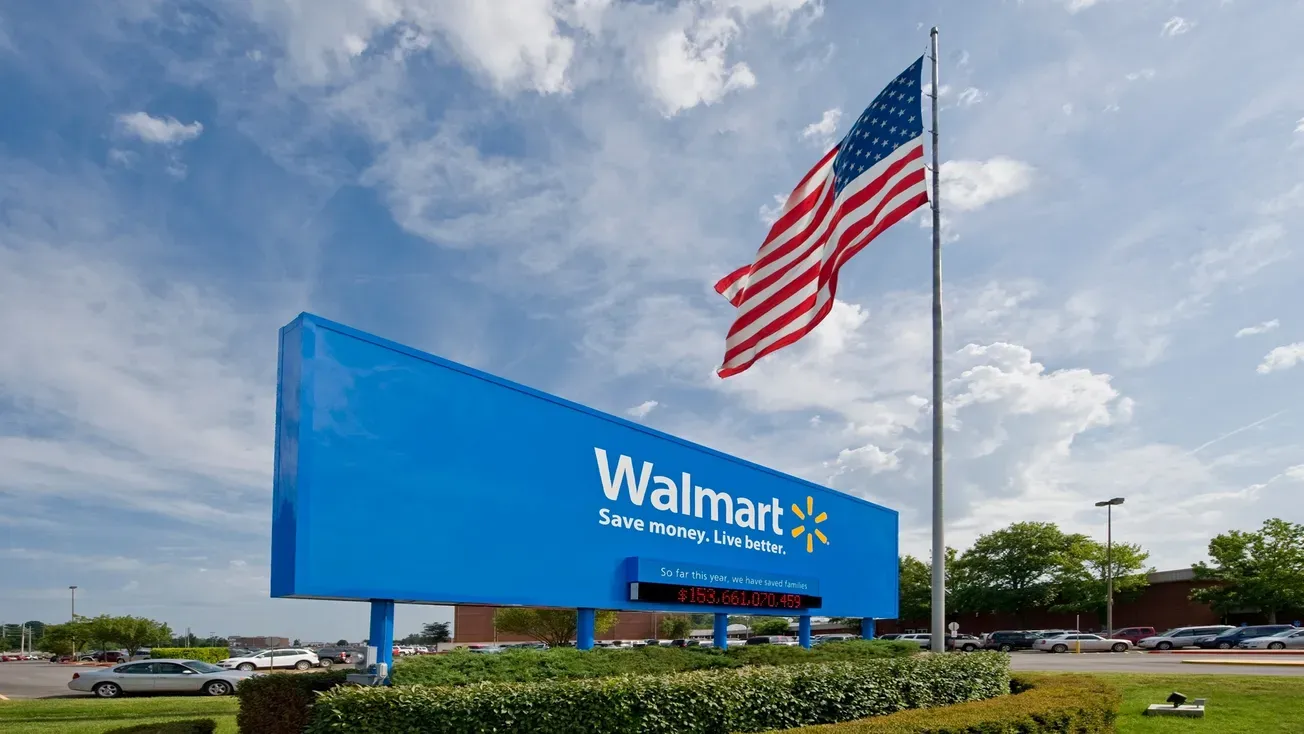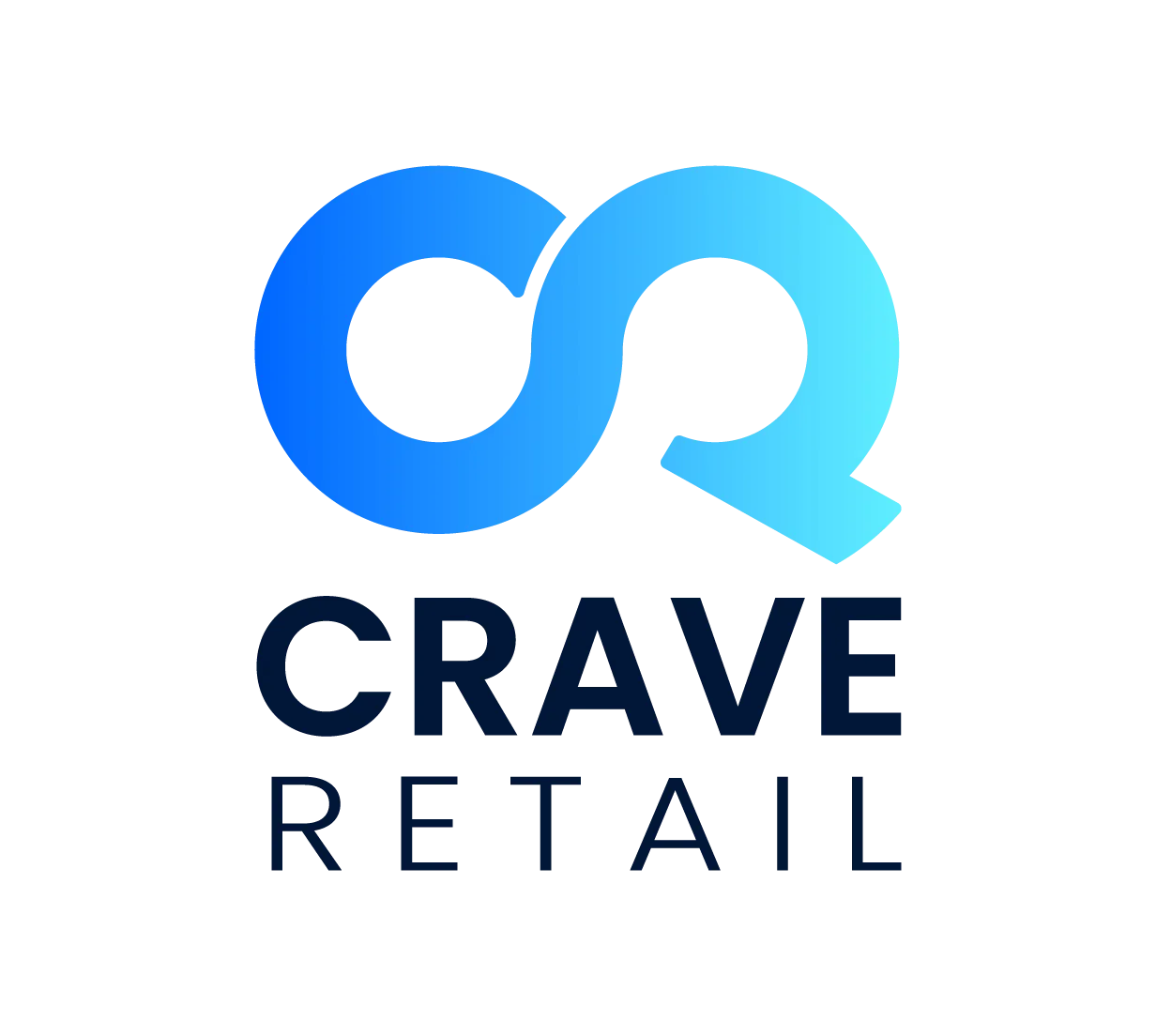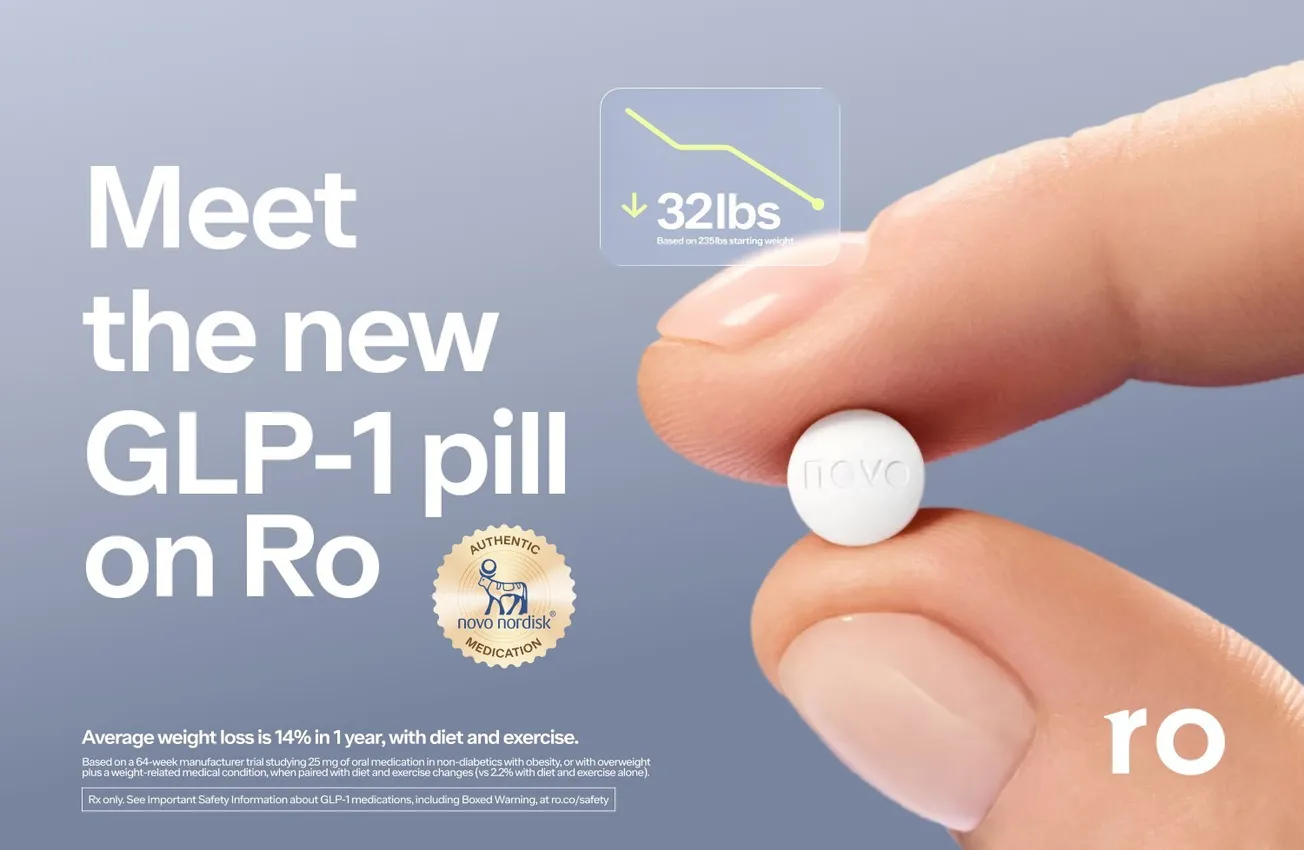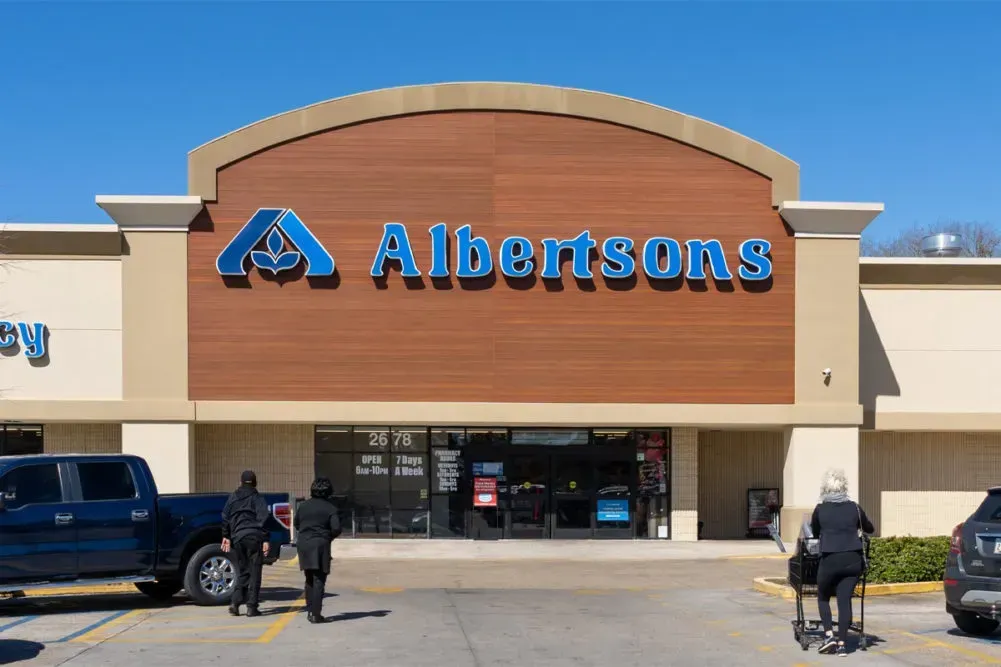By David Pinto
Retail definitions, which once specifically designated what kind of merchandise a particular store sold, and what that store represented in the retail galaxy, have become roadblocks to reality, confusing not only the customers whose shopping trips define what products they purchase but the managers, executives and employees who manage those stores.
If that sentence sounds confusing, it was meant to be so. Today, even the federal government is not certain what practices it is questioning even as it questions them. The most recent example of our government’s treading into uncharted waters is the controversy it has raise over the pharmacy benefit managers question. To paraphrase an ancient Lone Ranger episode, the government is asking — but failing thus far to answer — what exactly they are, just what do they do, and is it all kosher, or fair.
If confusion is the order of the day, it wasn’t always thus. Once upon a time, a drug chain, or drug store, was, simply put, a store that specialized in selling drug store products (prescription drugs, over-the-counter drugs, beauty aids and related general merchandise).
Similarly, a supermarket or, in another time, a grocery store was an emporium that sold groceries — in other words, products commonly found in the home. Simplicity itself.
Finally, general merchandise retailers, soon to become discount stores, were those outlets that sold just about everything — and in time, everything came to include food products or groceries.
Questions, some of them critical to a retailer’s or industry’s future, have become the order of the day. Among them:
Is Walmart still a general merchandise retailer, or has it metamorphosed into one of America’s most important grocery vendors?
When analyzing the potential Kroger-Albertson’s tie-up, should Walmart, Costco (once effectively categorized as a warehouse club) and Amazon be factored into the equation?
Do online retailers — Amazon comes readily to mind — deserve to be included in the age-old definition of a grocery store?
Do these ancient but once satisfactory definitions apply only to brick-and-mortar retailers, or should they be broadened to include online operators? Or, conversely, do online-only retailers deserve a separate definition?
Perhaps most significantly in this age of controversy surrounding prescription drugs, what exactly is CVS (or, as its founders once designated it, Consumer Value Stores)? That is not a simple question. Put in its simplest form, CVS could easily qualify as a medical insurance company. After all, the largest share of its revenue derives from selling medical insurance to its customers.
If you’re confused, the folks at CVS are even more confused. And that organization has much more riding on how it is defined by those organizations, public and private, that have come to exert so much pressure on today’s mass retailing community.
Simply put, this is the bottom line: Does CVS still qualify as a drug chain, as it did in the good old days when a drug chain was … oh, you know?
Anyone offering rational answers to this totally irrational question can simply forward those answers to CVS in Woonsocket, R.I. Whoops. Sorry, CVS no longer resides in Woonsocket, I think.









